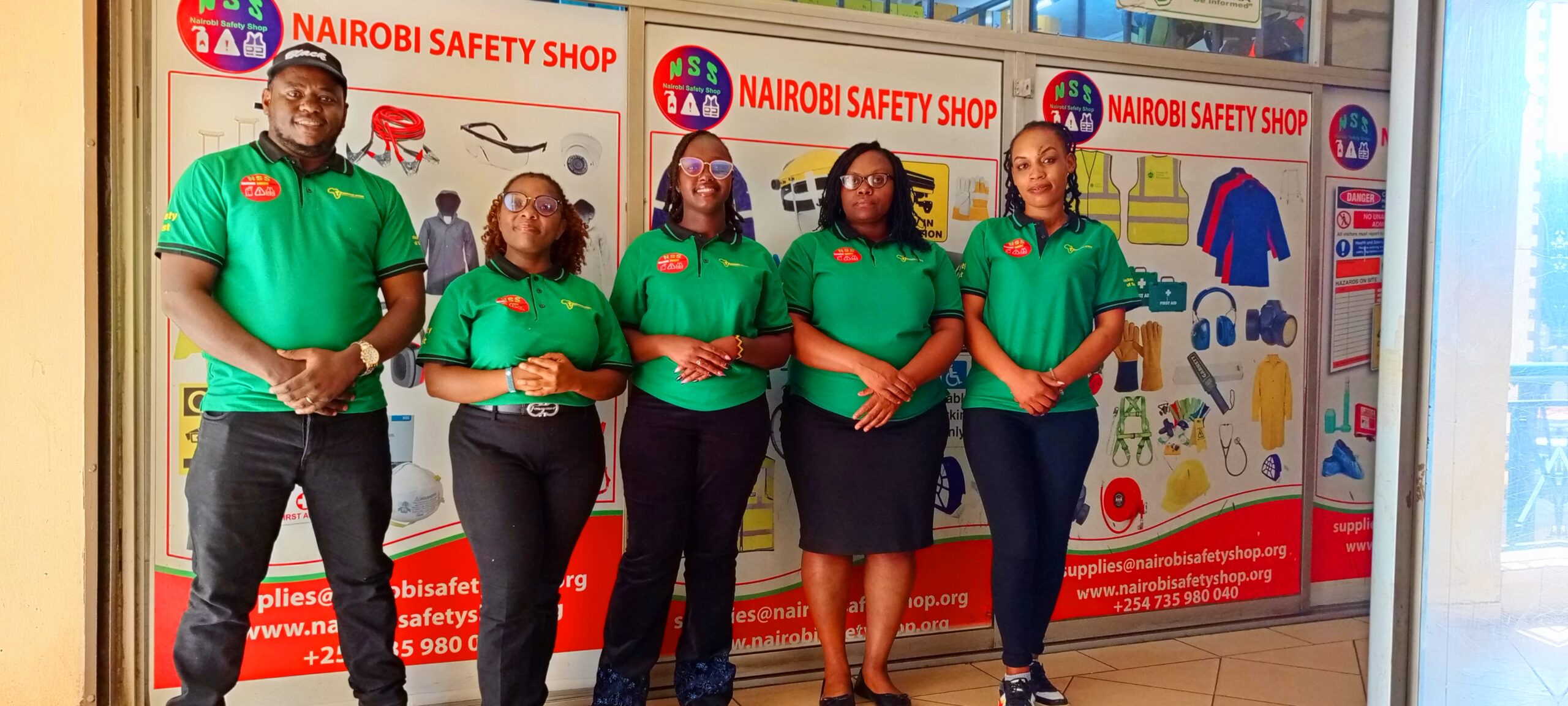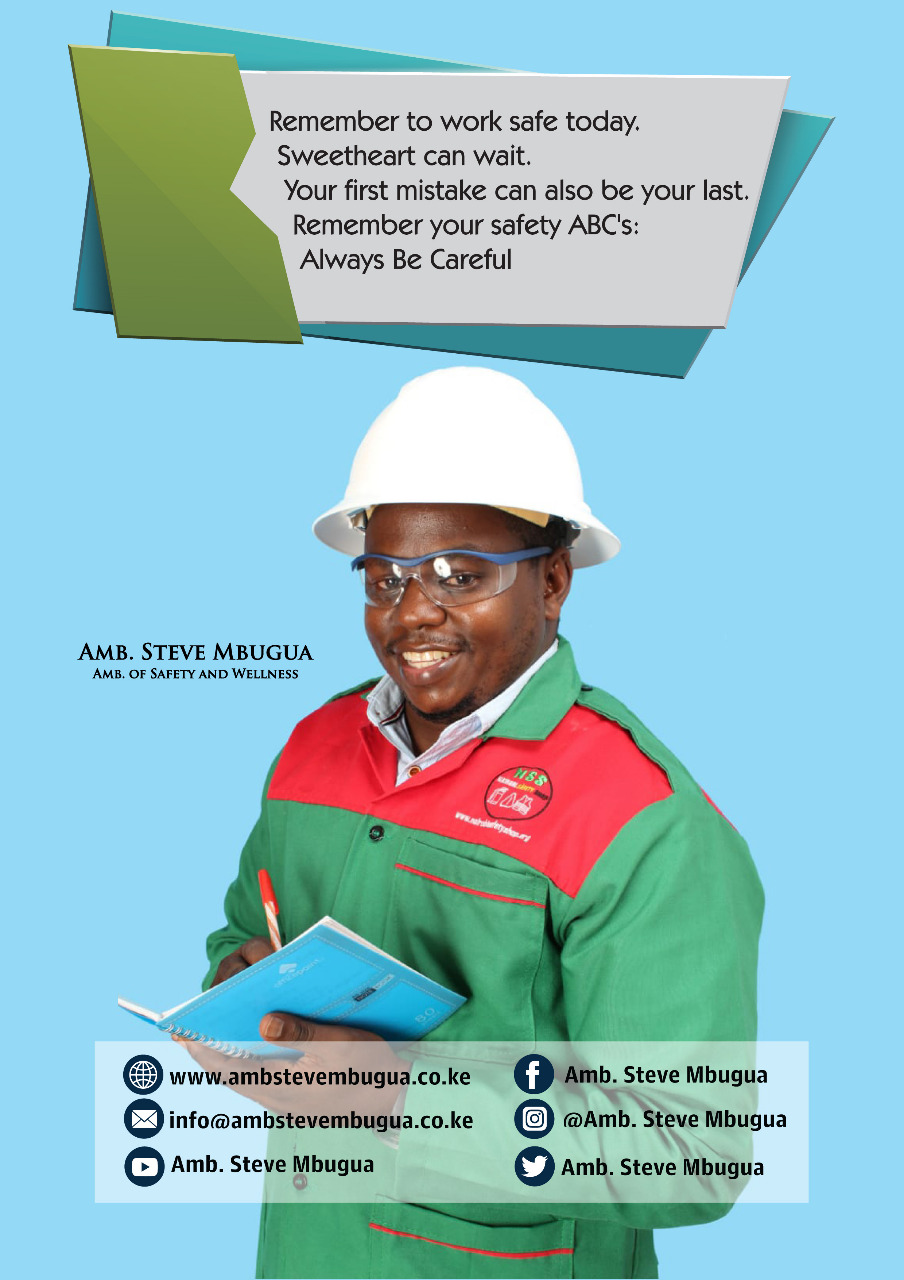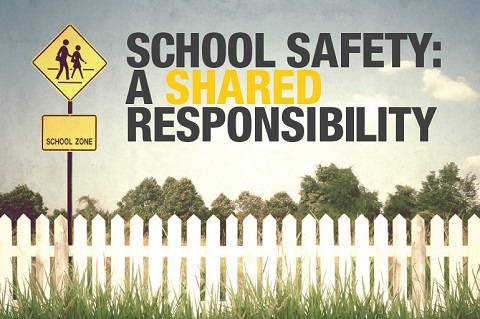Workplace safety is a critical aspect of any organization, aiming to ensure that the work environment is safe, healthy, and conducive to productivity. It involves implementing policies, practices, and procedures to prevent accidents, injuries, illnesses, and near misses that could harm employees. The importance of workplace safety cannot be overstated, as it directly impacts employee well-being, organizational efficiency, and regulatory compliance. As An Ambassador of Safety My Mission is to help build a culture of Safety at All Places all the Time.
Things to Look at or Do to Ensure a Safe Workplace
1. Conduct Regular Safety Audits: Regularly review and assess workplace safety protocols and procedures.
2. Provide Comprehensive Safety Training: Ensure all employees receive appropriate safety training relevant to their roles.
3. Enforce the Use of Personal Protective Equipment (PPE): Mandate the use of PPE in all necessary areas.
4. Implement Safety Signage and Labels: Clearly mark hazards and safety equipment with appropriate signs and labels.
5. Maintain Clean and Organized Work Areas: Keep workspaces tidy to prevent accidents and injuries.
6. Inspect Equipment Regularly: Perform regular maintenance and safety checks on all equipment.
7. Develop Emergency Response Plans: Create and practice emergency response plans for various scenarios.
8. Encourage Reporting of Hazards: Promote a culture where employees feel comfortable reporting potential hazards.
9. Provide Adequate Lighting: Ensure all work areas are well-lit to prevent accidents.
10. Monitor Ergonomics: Assess and improve workplace ergonomics to reduce strain injuries.
11. Conduct Safety Drills: Regularly practice fire, evacuation, and other emergency drills.
12. Implement Traffic Management Plans: Manage vehicle and pedestrian traffic within the workplace.
13. Ensure Proper Ventilation: Maintain adequate ventilation systems to prevent exposure to harmful substances.
14. Establish a Safety Committee: Form a committee to regularly review and improve workplace safety.
15. Utilize Safety Technology: Implement safety technologies such as sensors and alarms.
16. Provide First Aid Training and Kits: Ensure access to first aid supplies and trained personnel.
17. Limit Access to Hazardous Areas: Restrict access to high-risk areas to authorized personnel only.
18. Implement a No-Tolerance Policy for Unsafe Behavior: Strictly enforce safety rules and regulations.
19. Monitor Mental Health and Wellbeing: Support mental health initiatives to reduce stress-related accidents.
20. Promote a Safety-First Culture: Embed safety as a core value in the workplace culture.
21. Conduct Post-Incident Analysis: Analyze any incidents to identify causes and implement preventive measures.
Laws or Regulations That Apply to Workplace Safety
1. Occupational Safety and Health Act (OSHA): Governs workplace safety and health standards in the United States.
2. Health and Safety at Work Act (HSWA): Primary legislation for workplace safety in the UK.
3. European Framework Directive on Safety and Health at Work: EU-wide directive setting out minimum safety and health requirements.
4. Mine Safety and Health Act (MSHA): Regulates safety and health in mines in the United States.
5. Construction (Design and Management) Regulations (CDM): UK regulations for health and safety in construction projects.
6. Control of Substances Hazardous to Health (COSHH): UK regulations for managing hazardous substances.
7. Workers’ Compensation Laws: Provide compensation for workers injured on the job.
8. Federal Employers Liability Act (FELA): Protects and compensates railroad workers injured on the job.
9. Workplace Hazardous Materials Information System (WHMIS): Canada’s national hazard communication standard.
10. Safe Work Australia Codes of Practice: Provide practical guidance on safety standards in Australia.
11. The Factories Act: Indian legislation regulating safety, health, and welfare of factory workers.
12. Singapore Workplace Safety and Health Act (WSHA): Governs safety and health in all workplaces in Singapore.
Workplace safety is an ongoing process that requires constant vigilance, training, and adherence to best practices. By understanding and mitigating risks associated with various types of accidents, incidents, illnesses, and near misses, organizations can create a safer and more productive work environment. Ensuring comprehensive safety protocols and regular training is essential for protecting employees and maintaining operational efficiency. Staying abreast of the latest trends in workplace safety, learning from past incidents, implementing effective safety measures, and adhering to relevant laws and regulations are key components in building a robust safety culture.
For more information and training please Whatsapp +254724036078, Email info@ambstevembugua.co.ke or visit www.ambstevembugua.co.ke
READ MORE
Safety Ambassador
Road Safety
Building A Culture Of Safety You Tube Video
Workplace Safety Video
Ambassador Of safety




















